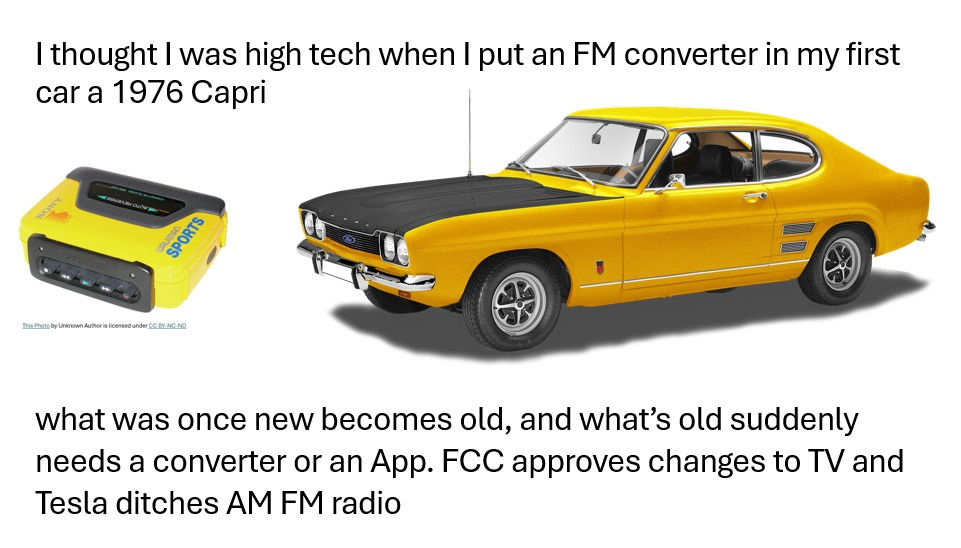More Nielsen nonsense this time they are somewhat transparent
- Robert Eckelman

- Mar 24, 2023
- 3 min read
Updated: Jul 25, 2023
I have never been a fan of Nielsen. They charge clients huge sums of money for a product with a margin of error that would be unacceptable in any other business.
In my opinion, Nielsen has never been accurate. At one point in time in my career, in a market that I worked in, Nielsen and Arbitron both rated television. They were both drastically different how could that be if they were both accurate?
Nielsen relies on a small sample size and panelized data. That means they take the viewership of few households and apply it to many.
Nielsen is now trying to measure streaming usage with a product they call Gauge. I have posted about this in the past. I always say that I don't like Nielsen and before I trust Gage I always look at other sources. Gauge is very favorable to streaming, full transparency streaming is my business. I like what Gauge shows, it is clearly showing households are spending more time with streaming than broadcast or cable.
There are several things I don't like about Gauge and Nielsen very transparently gave more reasons why this is not very good.
My number one beef with Nielsen has always been sample size, it is just too small. With ratings being fractionalized the margin of error has grown. Simply stated the smaller the rating the higher the margin of error. Feel free to check that with Nielsen.
When Gage first started measuring the entire USA they were using a sample size of 14,000 households. Here is an article indicating that https://www.theverge.com/2021/6/17/22539071/nielson-the-gauge-streaming-metrics-televisions-netflix-hulu
other than this article I have no idea what the sample size is. I assume it has grown but I can find nothing new on the Gauge sample size, very typical of Nielsen. If anyone knows what the sample size is please reply in the comment.
What I do know is 14,000 households out of 128 million households is less than one-tenth of a percent. No way that can be accurate.
Here are my new pain point with Nielsen they just changed their methodology for Gauge and you really can't make this up.
It turns out Nielsen has been double-counting certain Broadcast, Cable, and Streaming.
1, If you were watching a network affiliate in my case watching the local Fox TV station through Hulu they were counting it both in streaming and in broadcast.
2 If you were watching a cable station like ESPN but you were watching it through a virtual MVPD meaning streaming like Hulu, Sling, Fubo, and Youtube TV, they were counting it in both places. Problematic for advertisers because local breaks are totally different.
I am not quite sure what made Nielsen think double counting was appropriate. Please make sure to watch the video double counting is not something I made up, Nielsen has been very forthcoming about this.
My second pain point is how Nielsen has been measuring YouTube. YouTube and YouTube TV have very distinct differences. Regular YouTube (I am a heavy user of) is for a large part user-generated content. There definitely is some professional and long-form content but the majority is UGC. YouTube TV is a VMPD or a better way to say this a virtual cable company. in the past when Gauge shows YouTube they aggregate both and I have had to explain to my clients that their large share had little to do with their virtual MVPD product or YouTube TV.
It turns out with Nielsen new methodology people can clearly see the two products are different. They are now calling standard YouTube, YouTube main. If you do the math you can now extrapolate what YouTube TV. The old methodology combined both YouTube products for a 9.1% share of streaming. The new methodology takes out YouTube TV and YouTube is now reduced to 7.9%. From here it's straight math 9.1 - 7.9 leaving 1.2% share of streaming viewing for youtube TV.
This may not seem like a huge difference however to a client who is purchasing YouTube TV believing it is the largest share of viewing it can be disappointing to find out that they are only receiving a 1.2 share.
This does not suggest YouTube TV is bad but it does suggest you need to be doing several platforms when advertising on CTV.
Is Gauge horrible? not really, but it does confirm you need to look at multiple sources when trying to figure out the new streaming world.
I hope this made sense to you. Your comments are welcome and if you have questions, lets talk 727 580-4857
#CTV #Streaming #OTT always getting better for local advertisers and viewers


Comments